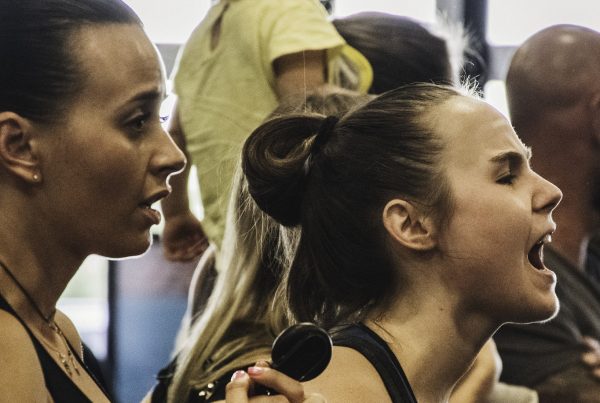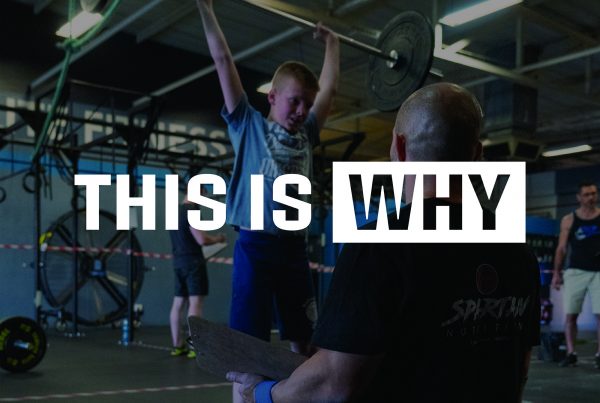The dehydration dogma is universal: It’s dangerous so you need to drink a lot of fluids, especially in extreme conditions such as heat and exercising for long periods.
For decades the prevailing advice from sports coaches, the media and most notoriously, the companies who manufacture ‘sports’ drinks and supply bottled water, has been to drink at least eight glasses of water a day and to constantly sip on (hypotonic) sports drinks before and during bouts of exercise. These are myths that just won’t die.
Where do these myths come from?
There is certainly no good research behind either approach. It’s believed that the eight glasses of water a day myth stems from a recommendation by the Food and Nutrition Board in ‘Murica for people to consume at least 2.5 litres of water a day. What everyone neglected to do was continue reading beyond that recommendation. The board followed that recommendation with advice that most of that water would come from food. Whether you call it a misunderstanding or misdirection, it’s unsubstantiated. Much like the advice to drink copious amounts of sports drinks during exercise.
Aside from staying hydrated, the culture of drinking lots of fluids during exercise and sports is founded on beliefs that it will prevent heat stroke and exercise-associated muscle cramps (EAMC). EAMC are most likely caused by neurological changes brought on by fatigue – NOT due to an undue loss in water and electrolytes. Knocking down gallons of water or sports drinks will not prevent or stop the cramps, and it could kill you.
The body’s innate systems for measuring water and electrolyte concentrations are finely tuned. When you need water, that system tells you so by inducing thirst. The eight glasses a day and sports drink advocates will tell you that it’s too late if you’re already thirsty, but we’ve already called their BS 😉
It is dangerous to become dehydrated, but that is why the body will induce thirst if water levels begin dropping below normal. What most don’t know, however, is that hyperhydration (too much water) is just as dangerous and arguably more prevalent than dehydration.
Hyponatremia occurs when a person drinks so much hypotonic fluid, like water and sports drinks, that blood sodium levels decrease. In bad cases the excess fluid floods the lungs and brain. Much like dehydration, hyponatremia can be fatal.
Therefore, to stay adequately hydrated you should drink when you’re thirsty. The best fluid is of course water, but hot drinks like tea and coffee do contribute to your daily fluid intake. Avoid fizzy drinks, fruit juices and concentrates. Eat vegetables everyday along with some fruit – they provide a lot of water. If you are exposed to extreme environmental conditions such as heat and altitude, or are exercising for long durations, you are still more likely to experience hyponatremia than dehydration so keep drinking to thirst.
It should go without saying that drinking soda during an endurance event is a no-go, but the fact that soda companies support fitness events and are the largest producers of bottled water should indicate that these hydration myths are no coincidence.



